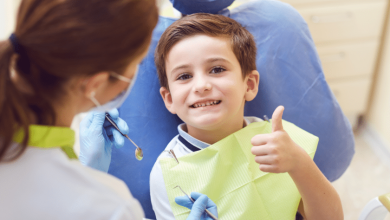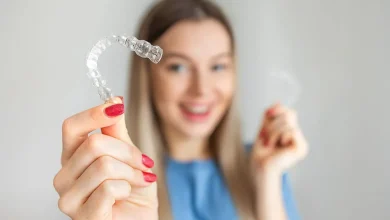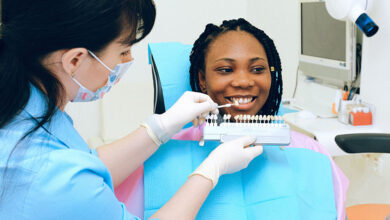Innovations in Restorative Dentistry: What’s New in Tooth Restoration?
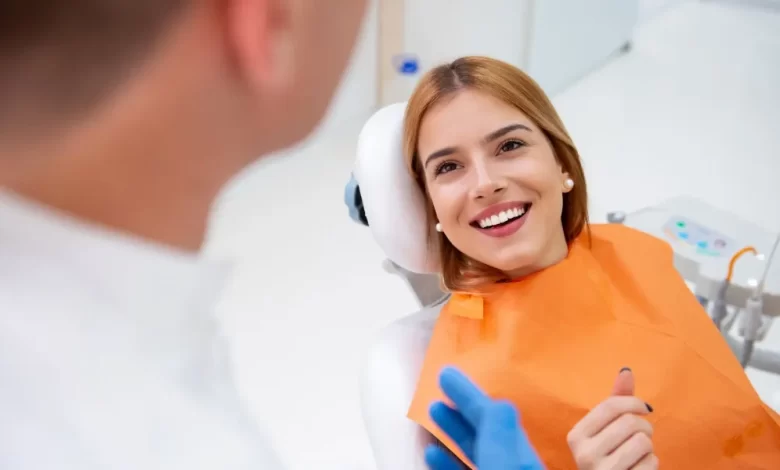
Restorative dentistry is dedicated to repairing or replacing teeth. Its primary objective is to improve dental health and enhance chewing function. Family dentists, commonly referred to as general dentists, practice restorative dentistry. Dentures, crowns, bridges, and implants are vital dental operations.
The ongoing advancement of technology has substantially improved the understanding of dental restoration. Dedham, MA restorative dentistry also uses the latest technologies in this area. Modern tools and techniques have made diagnosis more precise, and therapy is now more effective.
Digital Dental Care
The digital revolution has greatly impacted dentistry, particularly restorative operations. One clear indicator of this tendency is the growing usage of digital impressions.
Another significant factor is the increasing adoption of CAD/CAM technology. CAD, or Computer-Aided Design, enhances design processes. CAM, or Computer-Aided Manufacturing, streamlines production methods. These technologies are transforming multiple industries. They enable more precise designs and efficient manufacturing. These advancements have altered the restoration process method taken by dental experts. As technology advances, more changes are expected in the dentistry field.
Digital impressions provide a completely different approach. Previously, impressions were taken using putty-like substances. However, digital scanners have mostly replaced these old techniques. These scanners capture the teeth and oral anatomy of the patient in three-dimensional, remarkably accurate photographs. Therefore, they promise greater accuracy in the planning and producing dental restorations. Additionally, the patient experiences less discomfort during treatment because of this approach.
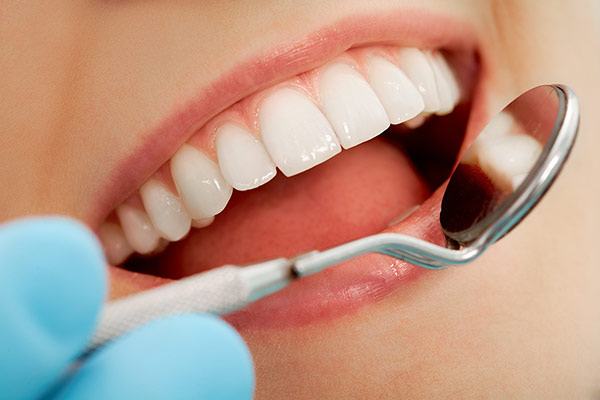
Dentistry Using Biomimicry
Biomimetic dentistry aims to create natural-feeling restorations that match the appearance of natural teeth. This technique closely mimics the composition and operation of a natural tooth. People value the preservation of natural tooth structure. In this approach, dentists aim to mimic the tooth’s natural characteristics, including its hardness, color, and elasticity.
The foundation of biomimetic dentistry lies in preserving most native teeth. It focuses on maintaining a healthy tooth structure. Only the damaged or decaying areas are removed. This approach helps to keep the tooth as natural as possible and retain its strength and integrity over time.
In addition to increasing the lifetime of restorations, using biomimetic materials and methods has decreased the necessity for more intrusive operations like traditional crowns. Patients gain from having their native tooth structure preserved, which produces a better functional and aesthetic result.
Minimal Dental Invasion
The movement toward minimally invasive dentistry is closely associated with biomimetic dentistry. This strategy has gained popularity in the USA, where maintaining dental health and patient comfort are top priorities. Minimally invasive dentistry aims to treat dental problems with the least amount of good tooth material removed.
The viability of this tendency has been largely attributed to contemporary techniques and technologies. Dentists can precisely target specific regions of decay or damage while sparing the surrounding healthy tissue using techniques like air abrasion and laser dentistry. Furthermore, the level of accuracy and detail made possible by using microscopes during treatments was previously unthinkable.
Minimally invasive dentistry has many advantages. Patients have shorter recovery periods, less discomfort both during and after surgeries, and a decreased chance of problems. Furthermore, maintaining a healthy tooth structure guarantees the stability and long-term health of the teeth that have been treated.
Conclusion
Anticipating the future, cutting-edge trends and technology are expected to revolutionize the restorative dentistry sector further. We are particularly excited about using growth factors and stem cells in biotechnology to create new teeth and potentially regenerate tissues. This has the potential to completely transform the way we treat serious dental issues and offer alternatives that are even more sustainable and natural than those we already use.


